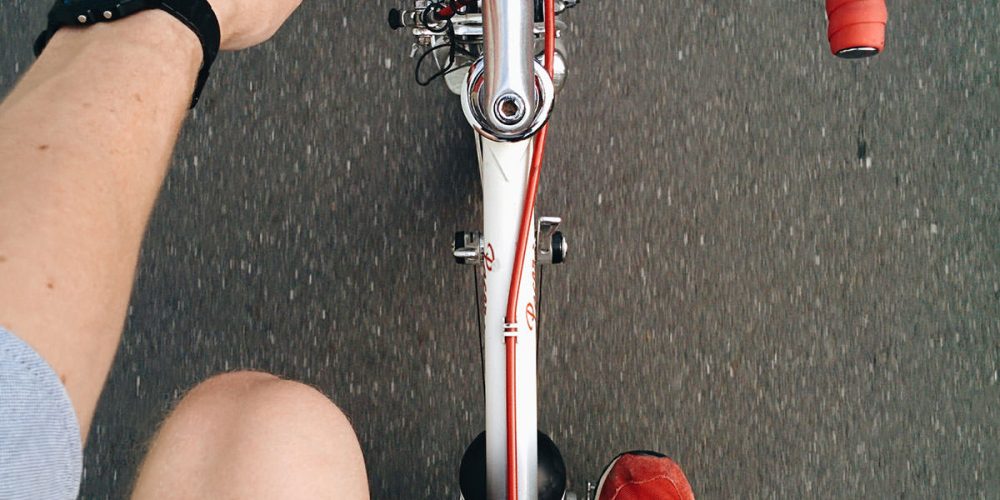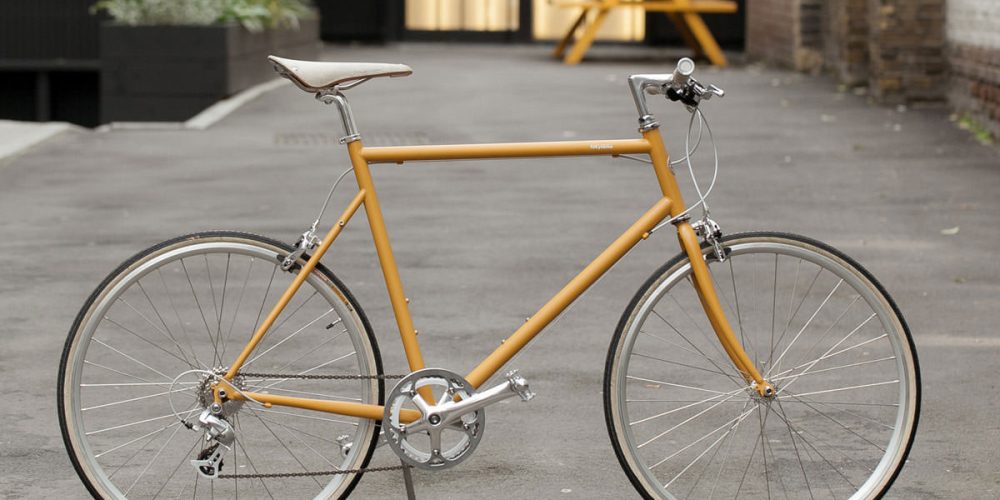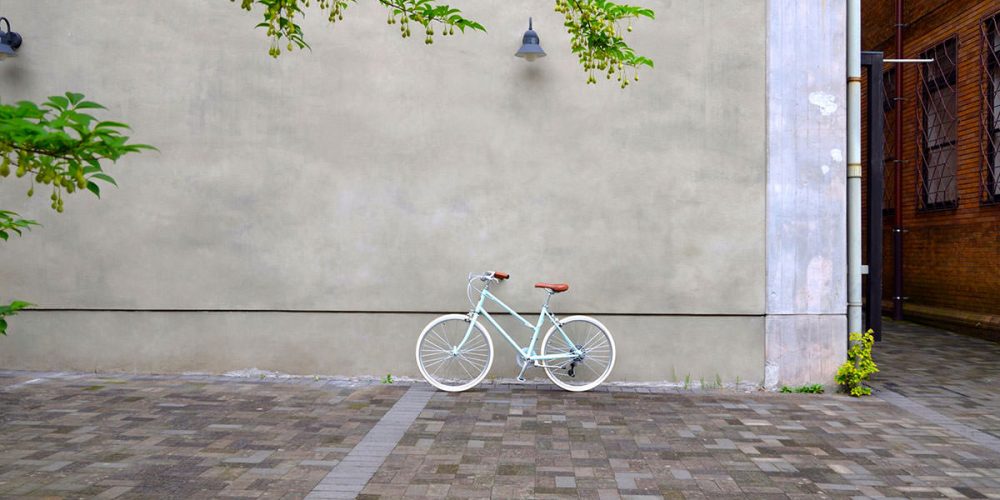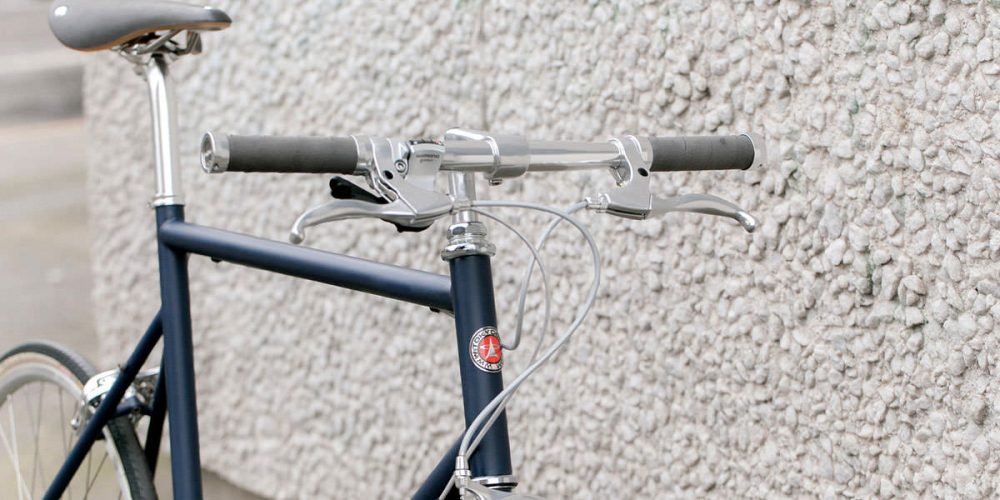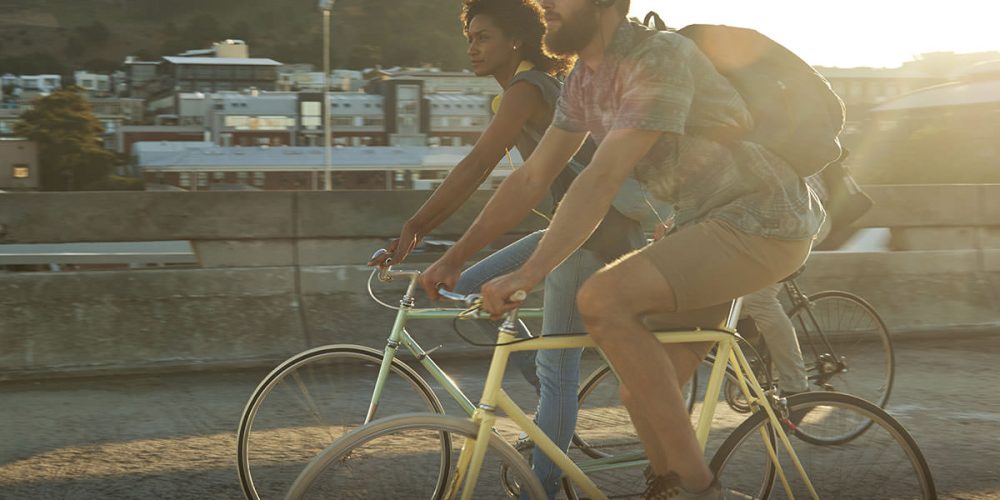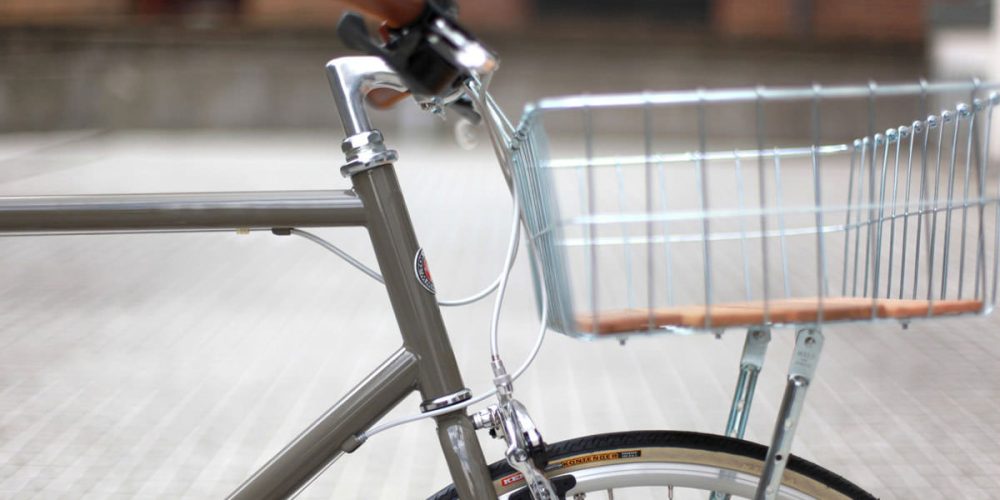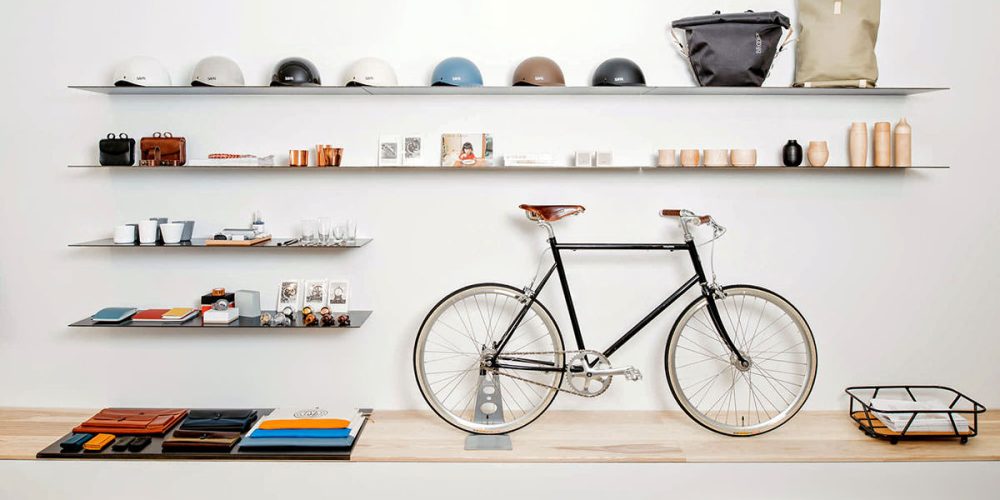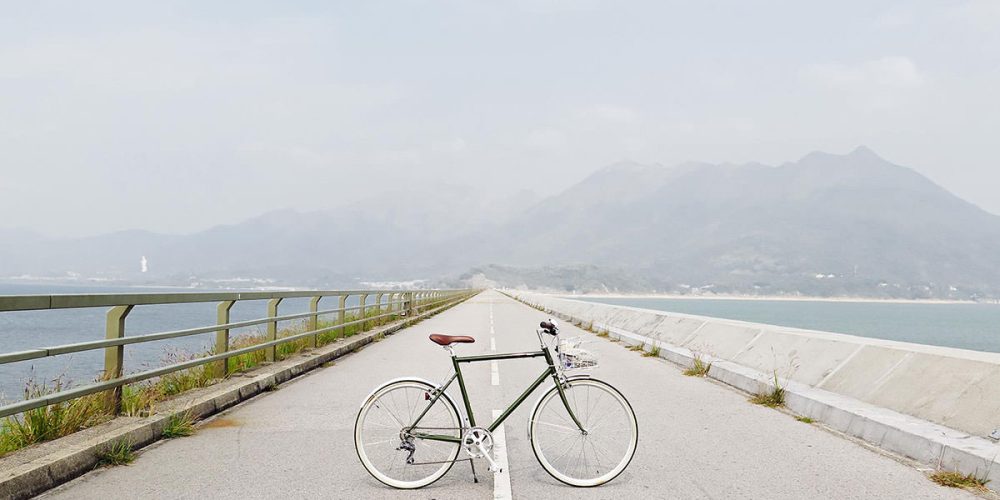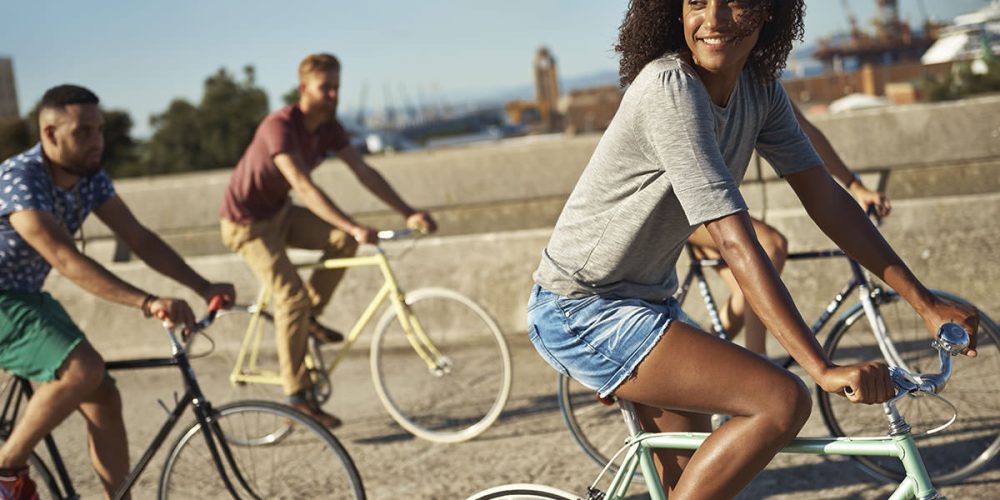- About me
- About us
- Best Selling Products
- Blog Fullwidth
- Blog Grid
- Blog Masonry
- Blog Medium
- Blog Wide
- Booking
- Cart
- Cart
- Checkout
- Checkout
- Contact us
- Default page
- Ecwid Store
- Elements
- FAQ
- Featured Products
- Fullwidth Category
- Homepage 1
- Homepage 2
- Homepage 3
- Icons
- My account
- My Account
- Order Tracking
- Popular Products
- Pricing Table
- Product categories layout test
- Product Detail 1
- Product Detail 2
- Product Extra Option
- Product Extra Option
- Products by ID
- Products by Sku
- Recent Products
- Sale Products
- Sample Page
- Shop
- Shop
- Shop grid
- Shop Grid Left Sidebar
- Shop Grid Right Sidebar
- Shop list
- Shop List Left Sidebar
- Shop List Right Sidebar
- Store
- Test Drive
- Typography
- Under Construction
- Wishlist
An overview on bicycles
2
3393
A brief history of bicycling
1
956
The dandy horse, also called Draisienne or laufmaschine, was the first human means of transport to use only two wheels in tandem and was invented by the German Baron Karl von Drais. It is regarded as the modern bicycle’s forerunner; Drais introduced it to the public in Mannheim in summer 1817 and in Paris in 1818. Its rider sat astride a wooden frame supported by two in-line wheels and pushed the vehicle along with his/her feet while steering the front wheel. The first mechanically-propelled, two-wheeled vehicle may have been built by Kirkpatrick MacMillan, a Scottish blacksmith, in 1839, although the claim is often disputed.[14] He is also associated with the first recorded instance of a cycling traffic offense, when a Glasgow newspaper in 1842 reported an accident in which an anonymous “gentleman from Dumfries-shire… bestride a velocipede… of ingenious design” knocked over a little girl in Glasgow and was fined five shillings. In the early 1860s, Frenchmen Pierre Michaux and Pierre Lallement took bicycle design in a new direction by adding a mechanical crank drive with pedals on an enlarged front wheel (the velocipede). Another French inventor named Douglas Grasso had a failed prototype of Pierre Lallement’s bicycle several years earlier. Several inventions followed using rear-wheel drive, the best known being the rod-driven velocipede by Scotsman Thomas McCall in 1869. In that same year, bicycle wheels with wire spokes were patented by Eugène Meyer of Paris. The French vélocipède, made of iron and wood, developed into the “penny-farthing” (historically known as an “ordinary bicycle”, a retronym, since there was then no other kind). It featured a tubular steel frame on which were mounted wire-spoked wheels with solid rubber tires. These bicycles were difficult to ride due to their high seat and poor weight distribution. In 1868 Rowley Turner, a sales agent of the Coventry Sewing Machine Company (which soon became the Coventry Machinist Company), brought a Michaux cycle to Coventry, England. His uncle, Josiah Turner, and business partner James Starley, used this as a basis for the ‘Coventry Model’ in what became Britain’s first cycle factory. The dwarf ordinary addressed some of these faults by reducing the front wheel diameter and setting the seat further back. This, in turn, required gearing—effected in a variety of ways—to efficiently use pedal power. Having to both pedal and steer via the front wheel remained a problem. J. K. Starley (nephew of James Starley), J. H. Lawson, and Shergold solved this problem by introducing the chain drive (originated by the unsuccessful “bicyclette” of Englishman Henry Lawson), connecting the frame-mounted cranks to the rear wheel. These models were known as safety bicycles, dwarf safeties, or upright bicycles for their lower seat height and better weight distribution, although without pneumatic tires the ride of the smaller-wheeled bicycle would be much rougher than that of the larger-wheeled variety. Starley’s 1885 Rover, manufactured in Coventry is usually described as the first recognizably modern bicycle. Soon the seat tube was added, creating the modern bike’s double-triangle diamond frame. Further innovations increased comfort and ushered in a second bicycle craze, the 1890s Golden Age of Bicycles. In 1888, Scotsman John Boyd Dunlop introduced the first practical pneumatic tire, which soon became universal. Soon after, the rear freewheel was developed, enabling the rider to coast. This refinement led to the 1890s invention of coaster brakes.
How do bicycles operate?
1
868
Mechanical efficiency
From a mechanical viewpoint, up to 99% of the energy delivered by the rider into the pedals is transmitted to the wheels (clean, lubricated new chain at 400W), although the use of gearing mechanisms reduces this by 1-7% (clean, well-lubricated derailleurs), 4-12% (chain with 3-speed hubs), or 10-20% (shaft drive with 3-speed hubs). The higher efficiencies in each range are achieved at higher power levels and in direct drive (hub gears) or with large driven cogs (derailleurs).Energy efficiency
A human being traveling on a bicycle at 16–24 km/h (10–15 mph), using only the power required to walk, is the most energy-efficient means of human transport generally available. Air drag, which increases with the square of speed, requires increasingly higher power outputs relative to speed, power increasing with the cube of speed as power equals force times velocity. A bicycle in which the rider lies in a supine position is referred to as a recumbent bicycle or, if covered in an aerodynamic fairing to achieve very low air drag, as a streamliner. On firm, flat ground, a 70 kg (150 lb) person requires about 60 watts to walk at 5 km/h (3.1 mph). That same person on a bicycle, on the same ground, with the same power output, can travel at 15 km/h (9.3 mph) using an ordinary bicycle, so in these conditions the energy expenditure of cycling is one-third of walking.Energy output
Active humans can produce between 1.5 W/kg (untrained women for longer periods) and 24 W/kg (top-class male athletes during 5 s). 5 W/kg is about the level reachable by ordinary male athletes for longer periods. Maximum power levels during one hour range from about 250 W (“healthy men”) to 500 W (exceptional men athletes)Energy input
The energy input to the human body is in the form of food energy, usually quantified in kilocalories [kcal] or kiloJoules [kJ=kWs]. This can be related to a certain distance travelled and to body weight, giving units such as kJ/(km∙kg). The rate of food consumption, i.e. the amount consumed during a certain period ot time, is the input power. This can be measured in kcal/day or in J/s = W (1000 kcal/d ~ 48.5 W). This input power can be determined by measuring oxygen uptake, or in the long term food consumption, assuming no change of weight. This includes the power needed just for living, called the basal metabolic rate BMR or roughly the resting metabolic rate. The required food can also be calculated by dividing the output power by the muscle efficiency. This is 18-26%. From the example above, if a 70 kg person is cycling at 15 km/h by expending 60 W and a muscular efficiency of 20% is assumed, roughly 1 kJ/(km∙kg) extra food is required. For calculating the total food required during the trip, the BMR must first be added to the input power. If the 70 kg person is an old, short woman, her BMR could be 60 W, in all other cases a bit higher. Viewed this way the efficiency in this example is effectively halved and roughly 2 kJ/(km∙kg) total food is required. Although this shows a large relative increase in food required for low power cycling, in practice it is hardly noticed, as the extra energy cost of an hour’s cycling can be covered with 50 g nuts or chocolate. With long and fast or uphill cycling, the extra food requirement however becomes evident. To complete the efficiency calculation, the type of food consumed determines the overall efficiency. For this the energy needed to produce, distribute and cook the food must be considered.Typical speeds
In utility cycling there is a large variation; an elderly person on an upright roadster might do less than 10 km/h (6.2 mph) while a fitter or younger person could easily do twice that on the same bicycle. For cyclists in Copenhagen, the average cycling speed is 15.5 km/h (9.6 mph). On a racing bicycle, a reasonably fit rider can ride at 40 km/h (25 mph) on flat ground for short periodsReduction of weight and rotating mass
There has been major corporate competition to lower the weight of racing bikes in order to be faster uphill and accelerating. The UCI sets a limit of 6.8 kg on the minimum weight of bicycles to be used in sanctioned racesSocial aspects of bikes (P.2)
1
737
Social aspects of bikes (P.1)
1
854
Legal requirements for riding
1
773
Bicycle laws in the Mainland China
Laws may exist, but they are almost universally ignored. When asked, bicyclists in Shenzhen seem only to be aware of the law that makes electric bicycles illegal except for licensed delivery or tradesmen, but nobody worries about it because the cops almost never stop you. The unwritten rules of the road are roughly as follows: Ride on the right, unless there is a truck, car or bike, delivery trike or motorcycle heading toward you on the wrong side of the street. This happens every 2 minutes or so on most city streets. When this happens, ride either on the sidewalk, the middle of the road or on the other side of the road facing traffic. There are seemingly no laws or conventions about which side of the road or sidewalk to ride on. Approximately half of the bicyclists ride the wrong way on one way streets or in the lane reserved for oncoming traffic. The most common practice for turning left on a 2 lane street is do so from the wrong side of the road, against oncoming bike and vehicular traffic, forcing your way around the oncoming cars until you find an opening, then turn left into oncoming traffic and fight your way across onto your own side of the road. The rest of the people use a less predictable approach. Bicycles (and pedestrians) never have the right of way. Motorized vehicles never the yield the right of way unless it is almost certain that the cyclist will be killed. In fact, if a motorist or motorcyclist thinks there is any chance that allowing you to pass would require them to slow down, they will deliberately overtake you and cut you off. On a typical 20 minute commute, this will happen at least 2 or 3 times. There are also no conventions about what to do when two cyclist meet head-on on a sidewalk (where about 70% of cyclists travel). An equal number pass on the right as on the left, with frequent collisions.Bicycle laws in the United States
For at least the past 60 years, bike safety rules and cycling laws have been drummed into the head of children, such that good cycling habits and etiquette is pretty much ingrained into the minds of the populous. The vast majority of motorized vehicles will automatically give you the right way. Similarly, the vast majority of bicyclists travel on the right hand side of the road, and almost always yield for pedestrians. The few cyclists travelling on sidewalks are mostly children or families with children. Everyone knows that riding on the sidewalk is illegal for an adult, but generally people have enough respect for the law to ride on the right hand side of the sidewalk most of the time, and yield for pedestrians.Your bikes need love too!
1
920
Pump It Up
Probably, the number one reason bikes fall apart is because people ignore the tires. Here’s what happens: Bicycle tires have very little air in them. And bicycle tubes, which are made of butyl rubber, are porous enough to allow air to seep out. The result is tires softening over a period of about a week for road bikes and about a month for mountain bikes (though it depends some on tire size). When the tires get soft, bad things happen. Some folks decide to stop riding the bike because they think they have flat tires and they put off getting the flat fixed because it means loading the bike in the car and dragging it down to the bike shop.Lube It or Lose It
A bicycle is made up of a bunch of moving metal parts, many of which are meshing with each other. In order to keep these parts from grinding each other to dust as you pedal merrily along, they should be lubricated. Spinning parts containing bearings, such as the wheels, pedals, bottom bracket (what the crankset is mounted to), and headset (the mechanism that connects the fork to the frame and allows steering), come from the manufacturer packed with grease. About once a year, these components should be dismantled, checked and regreased. But, because special tools are needed and the work is required only occasionally, you may prefer to leave this job to a bike shop mechanic.Keep It Clean
Mountain bikers, especially those who ride in the mud, should keep a cleaning kit in the corner of the garage ready for use at ride’s end. All that’s needed is a bucket with some sponges and dishwashing detergent and a nearby hose. When you return from a ride, prop the bike up and spray off the majority of the mud and muck with the hose. It’s crucial to not blast the water sideways at the bike. Doing so may force the water into the pedals, hubs and bottom bracket, which may compromise the grease and bearings inside these components. Instead, spray water only from above and don’t ever direct it toward greased parts.Store It
I tell everyone to store bike(s) inside. It’s the best way to keep them running and looking like new. And it doesn’t take much in the way of space or supplies. The only item needed is a bike hook. These are shaped like question marks and coated with vinyl so as not to scratch the wheel when you hang the bike on the hook. Install the hook in a stud in a wall or a rafter or beam; anywhere where the bike can hang vertically is fine. I’ve seen bikes stored in stairwells, bathrooms, bedrooms—anyplace you can find dead space is fine. It’s also possible to use two hooks and hang the bike horizontally, one wheel on either hook.5 reasons to cycle to work
1
789
It would make cycling safer for everyone.
Research shows that unlike cars, the more bicycles on the road, the safer it becomes for cyclists. “It’s a virtuous cycle,” Dr. Julie Hatfield, an injury expert from the University of New South Wales, says. “The likelihood that an individual cyclist will be struck by a motorist falls with increasing rate of bicycling in a community. And the safer cycling is perceived to be, the more people are prepared to cycle.”It is vastly cheaper than driving.
Due to rising fuel costs and tire upkeep, the cost of owning a car increased nearly 2% in 2012 to $US8,946, according to AAA. It costs just $US308 per year to keep bikes in shape — nearly 30 times less than cars, according to the Sierra Club. It says: “If American drivers were to make just one four-mile round trip each week with a bicycle instead of a car, they would save nearly 2 billion gallons of gas. At $US4 per gallon, total savings would be $US7.3 billion a year.”It’s a free gym on wheels.
On average, bicycle commuters lose 13 pounds in their first year of cycling alone. “[Bike commuting] can be a very effective cardiovascular benefit,” says Lisa Callahan, MD, of the Hospital for Special Surgery in New York City. “If you’re overweight and start an exercise program, sometimes it’s harder on your joints because you are overweight, so something like swimming or biking that’s not pounding on the joints can be a good thing.”You won’t miss morning traffic jams.
Americans spend upwards of 25 minutes per day commuting to work and more than $700 per year simply burning fumes in traffic Cycling could help you get there faster for a lot less. “Half of the working population in the U.S. commutes five miles or less to work, with bike trips of three to five miles taking less time or the same amount of time as commuting by car,” writes Kiplinger editor Amanda Lilly.You don’t even have to own a bike.
There’s been a wave of new bike share programs in major cities like Washington, D.C., Boston, Chicago, and Miami, which typically allow riders 30 to 45 minutes of transportation for a small annual fee. When New York City’s bike share launched in May, annual memberships cost $US95 — about $US10 less than subway commuters spend per month.Choosing your equipments
1
709




